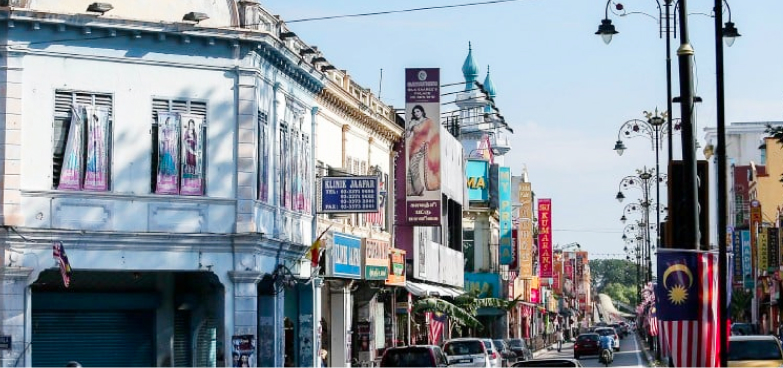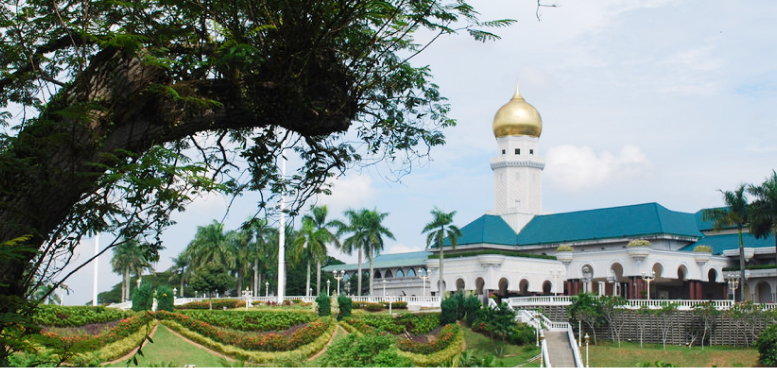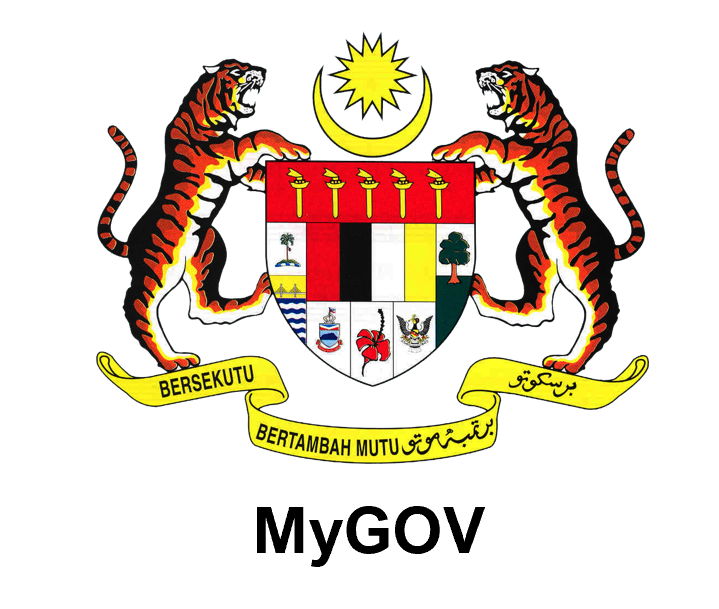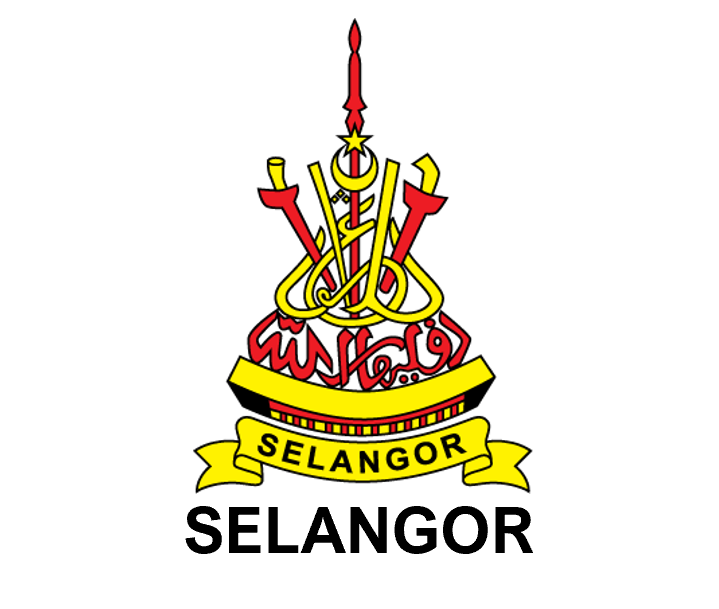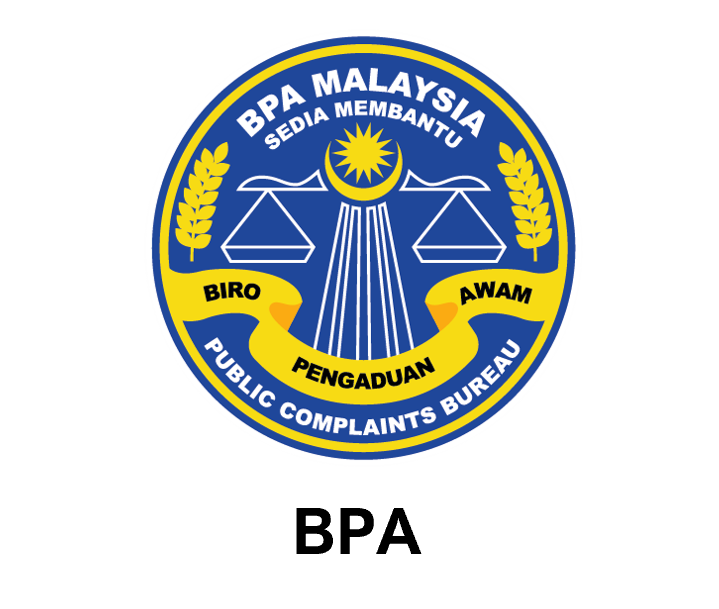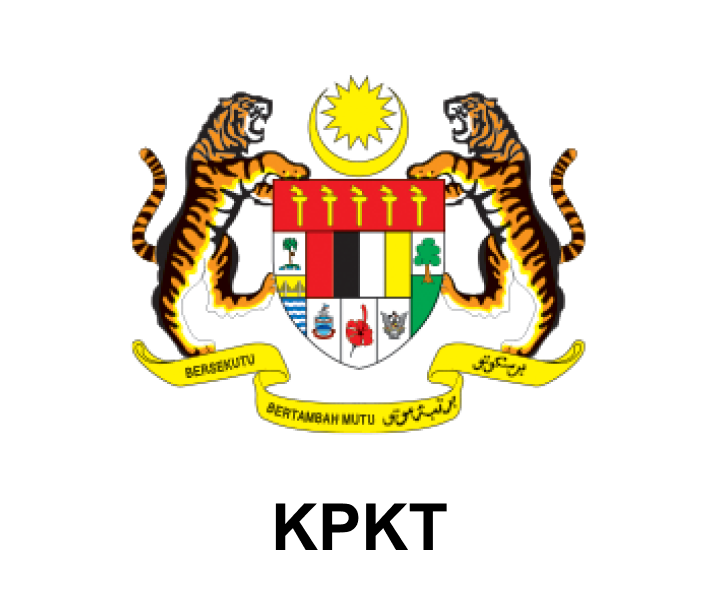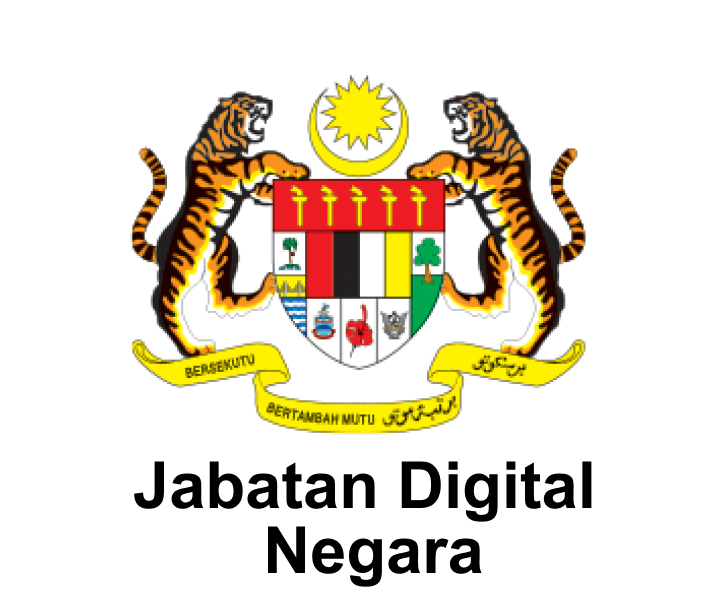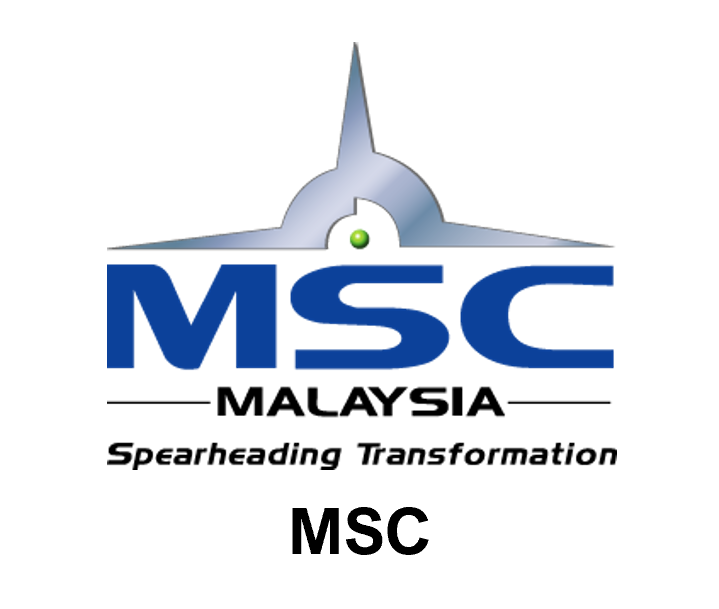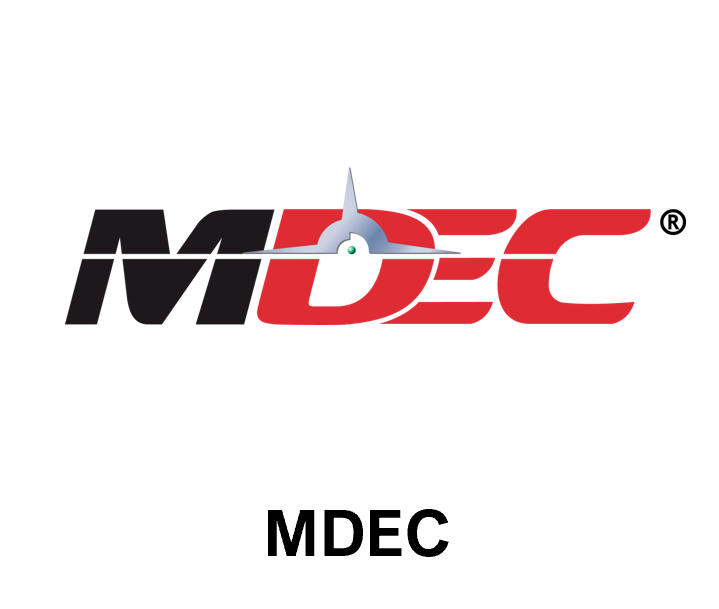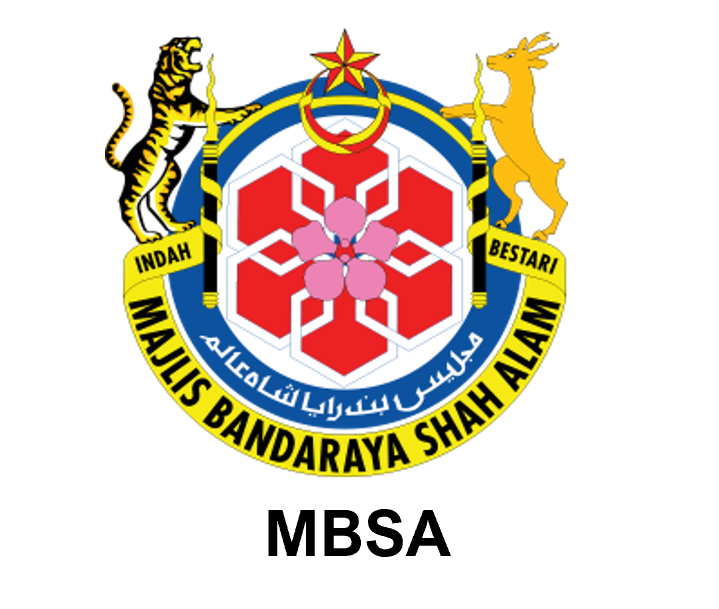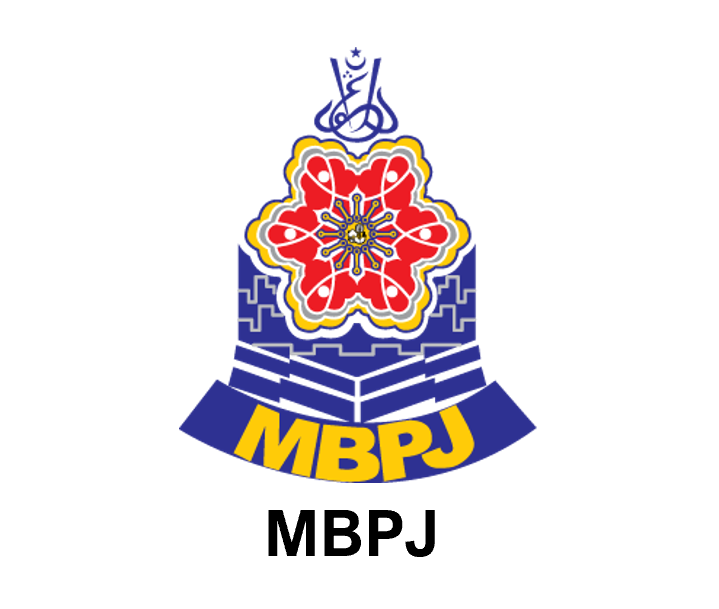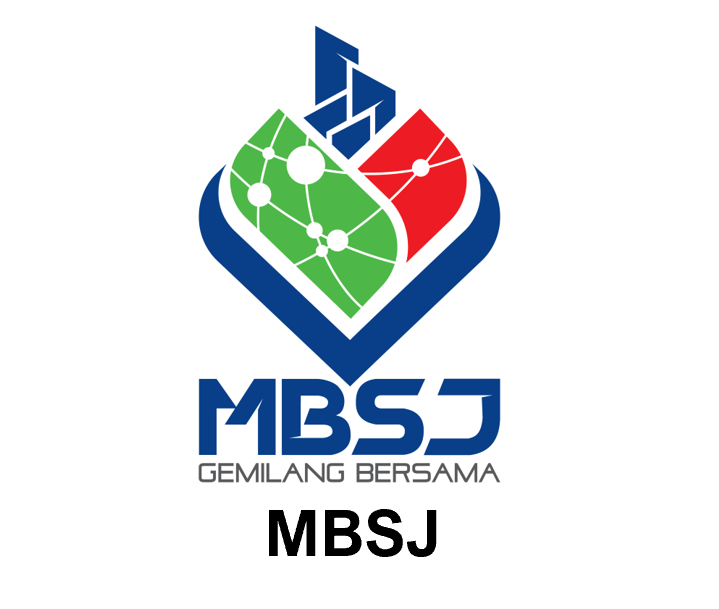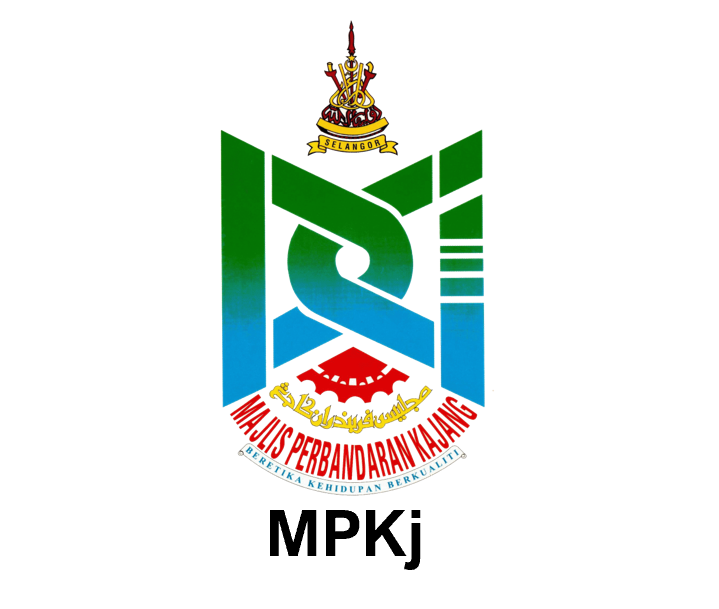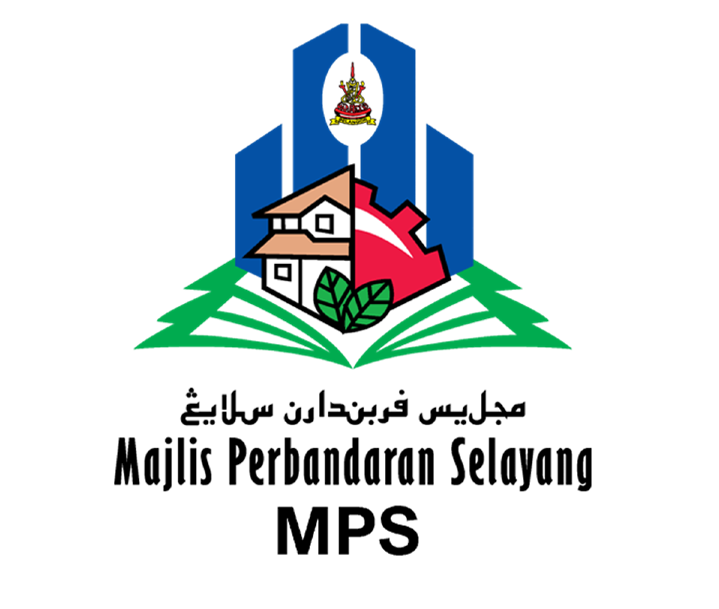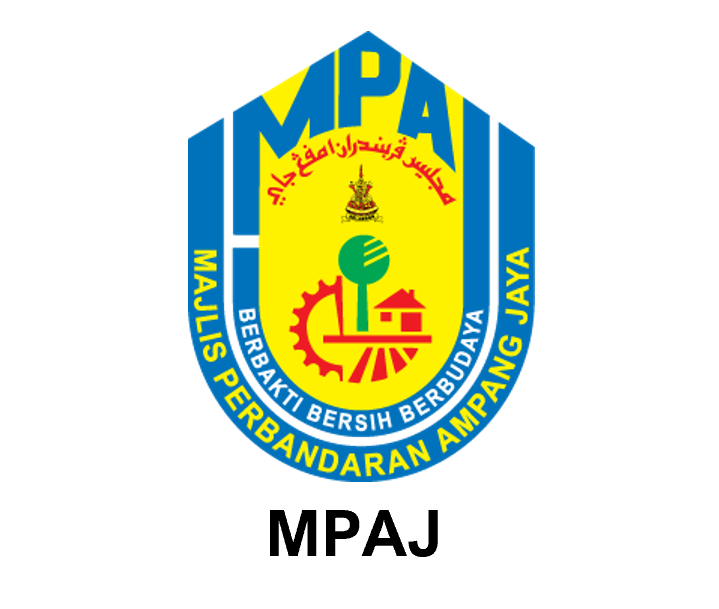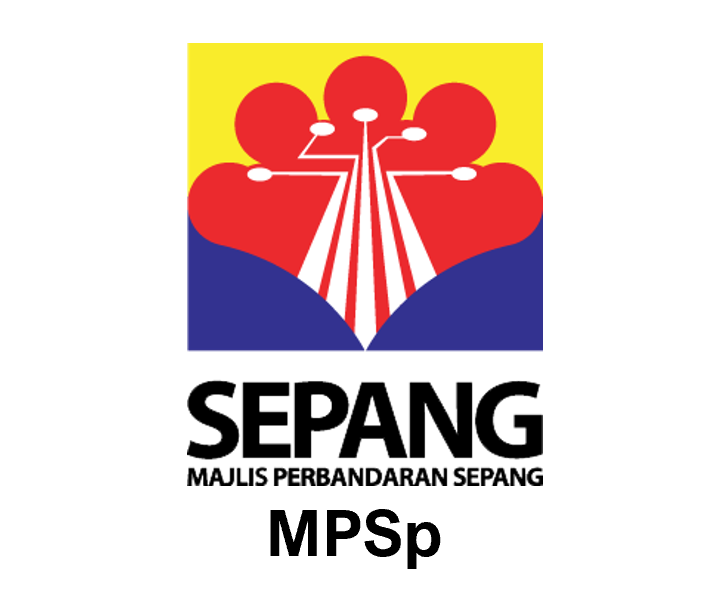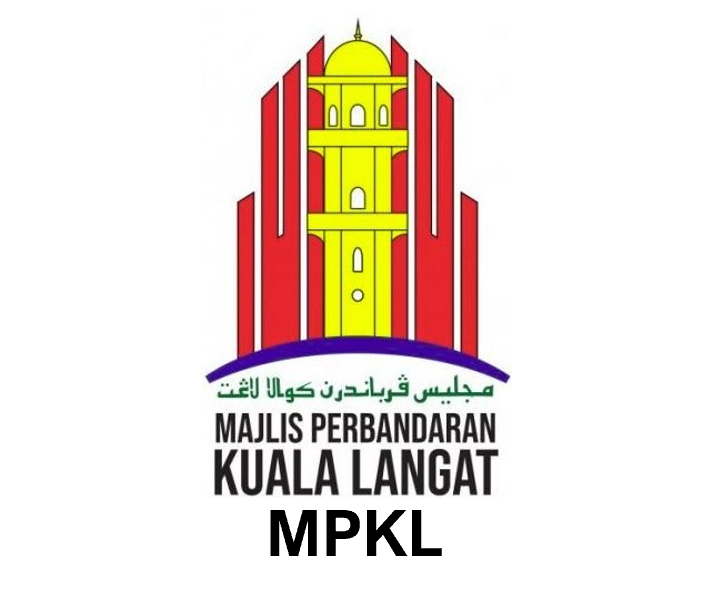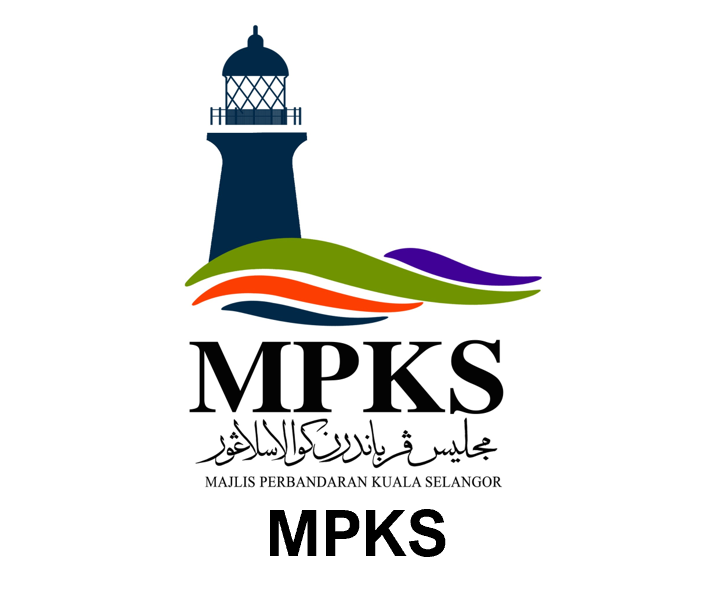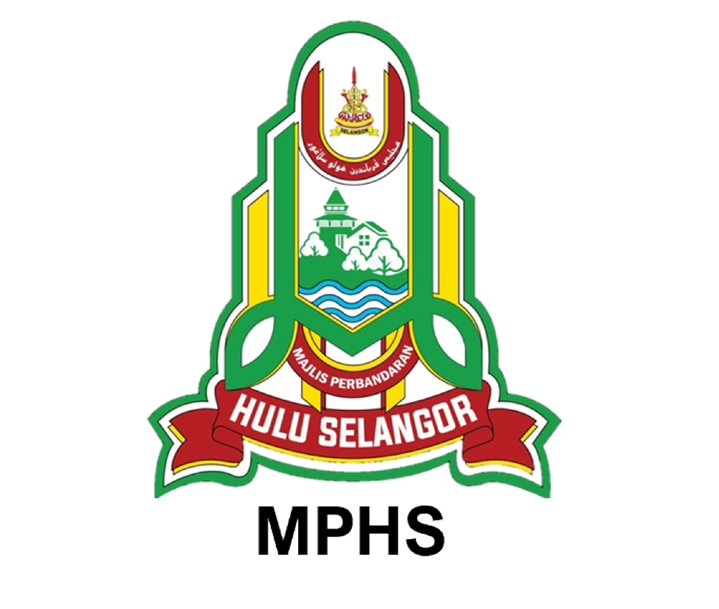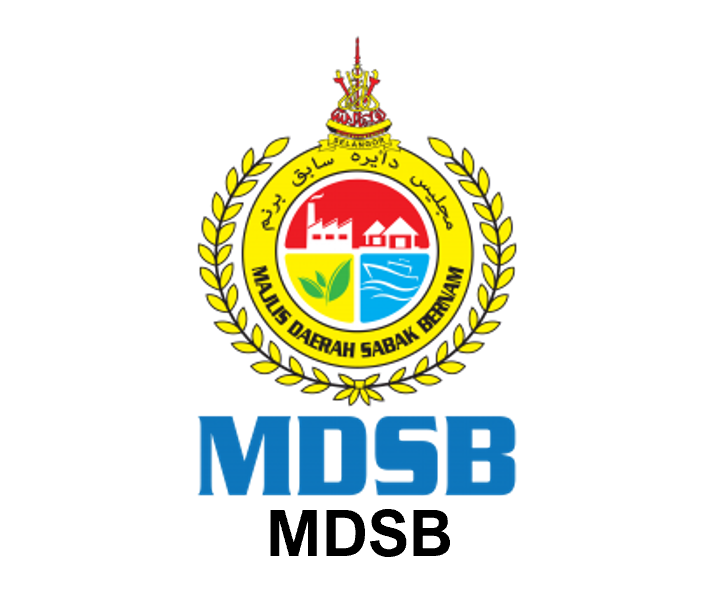Terletak di pertengahan Selat Melaka, Klang adalah salah satu dari petempatan tertua di Semenanjung Tanah Melayu. Berdasarkan penemuan artifak Zaman Batu seperti beliung batu, pisau batu, tembikar serta belanga tanah, perahu kayu dan manik, petempatan manusia telah wujud di Lembah Sungai Klang-Sungai Langat sejak 4,500 tahun lalu. Petempatan ini semakin berkembang maju dengan penemuan artifak-artifak logam seperti gendang serta loceng gangsa dan alat besi bersoket berusia 2,500 tahun. |  |
Petempatan awal di bahagian pantai Sungai Klang adalah di pertemuan Sungai Rasau dengan Sungai Klang iaitu di sekitar Bukit Jati, Bukit Kuda dan Bukit Badak sebelum petempatan baru dibuka di Pengkalan Batu sekitar 800-900 tahun lalu. Klang pernah menjadi wilayah di bawah pemerintahan Sriwijaya, Majapahit, Kesultanan Melayu Melaka, Kerajaan Johor Lama dan merupakan salah satu negeri yang membentuk Negeri Sembilan yang asal, sebelum berada di bawah pemerintahan Kesultanan Selangor mulai November 1766 sehinggalah hari ini. Berdasarkan rekod-rekod lama China, catatan terawal tentang Klang adalah pada abad ke-8 Masihi apabila ahli kartografi Dinasti Tang China, Chia Tan, mencatatkan nama Ko-Lo pada peta pelayarannya. Tulisan China Tao-I Chih-lioh pada abad ke-14 Masihi menyebut Klang dengan Ku-Lei. Klang turut tercatat pada peta pelayaran Laksamana Zheng He pada tahun 1415 dengan nama jí lìng gǎng (吉令港). |  |
Pada tahun 1365 Masihi, Klang ada disebut dalam syair Negarakertagama oleh Prapanca sebagai salah satu wilayah Majapahit. Sejarah Melayu atau Sulalatus Salatin ada menyebut Tun Perak menjadi Penghulu di Klang pada awal zaman Kesultanan Melayu Melaka. Terdapat pelbagai pendapat tentang asal usul nama Klang itu sendiri. Para pengkaji dari Barat mengatakan perkataan Klang itu bermaksud gudang atau terusan berdasarkan bahasa Mon-Khmer yang terdapat di Indo-China. Namun ketiadaan bukti kukuh pengaruh atau kehadiran masyarakat Mon-Khmer di Klang menyebabkan pendapat ini sukar diterima apatah lagi masyarakat Mon-Khmer sendiri tidak menggunakan gendang gangsa. Sumber tempatan Klang sendiri yang jarang diperkatakan atau dikaji, iaitu cerita lisan yang dikenali sebagai tambo, ada menceritakan kisah asal nama Klang ini. Di kalangan masyarakat Orang Asli, Klang ini mendapat namanya daripada perkataan ‘gelang’ di mana seutas gelang yang hanyut di hulu sungai telah ditemui semula di muara Sungai Klang. Di kalangan masyarakat Minangkabau yang mula merantau ke Klang sejak abad ke-13 lagi memanggil Klang dengan panggilan ‘Pai Kolang’, yang bermaksud tempat yang dikenang selalu. Malah sehingga hari ini ada beberapa nama tempat di Klang sama seperti di Sumatera Barat (Alam Minangkabau). | |
Kisah lain dari tambo pula menceritakan Klang mendapat namanya dari bunyi loceng, genta atau gendang gangsa yang selalu kedengaran dari atas bukit pada awal pagi dan lewat petang oleh kapal yang belayar melintasi Kuala Sungai Klang pada masa dahulu. Cerita ini bertepatan dengan penemuan loceng dan gendang gangsa di Klang dan adalah lebih diyakini sebagai asal nama Klang. |  |
Pemerintahan tradisional merupakan institusi pemerintahan tertua di Klang. Bermula dengan institusi kedatuan di bawah Sriwijaya dan Majapahit, ia terus berkembang menjadi institusi Penghulu pada zaman Kesultanan Melayu Melaka. Ketika zaman Kerajaan Johor Lama, Dato’ Engku Klang telah dihantar sebagai Pembesar Klang, wakil Sultan Johor Lama yang memerintah kawasan Klang Darat manakala Kerajaan Pagar Ruyung Alam Minangkabau juga menghantar wakilnya di Klang iaitu Dato’ Bendahara Kuning Lima Kaum Orang Kaya Klang, Pembesar di bahagian Klang Pantai. Mereka berdua bersama Dato’ Seri Agar Diraja Kuala Selangor dikenali sebagai Andika Sedia Diraja kerana berkuasa penuh seperti Raja ke atas pegangan mereka. Gelaran Andika Sedia Diraja ini kemudian berubah menjadi Dato’ Besar Empat Suku Klang pada abad ke-18 yang terdiri daripada Dato’ Kaya Klang, Dato’ Jeram, Dato’ Penggawa serta Dato’ Aru dan diketuai oleh Dato’ Engku Klang. Setelah terbentuknya Kesultanan Selangor, keempat-empat Dato’ Besar Empat Suku bersama Dato’ Engku Klang dikekalkan jawatan mereka sebagai pemerintah asal dan Waris Negeri. | 
 |
 |  |
Warisan semula jadi Klang iaitu timah, telah turut mewarnai sejarah Klang apabila ia merupakan komoditi yang menjadi rebutan beberapa empayar dan pelbagai bangsa dari serata pelosok dunia. Kekayaan dari hasil bijih timah dari kawasan pedalaman Sungai Klang merupakan salah satu punca meletusnya Perang Klang antara tahun 1866 hingga 1874. Perang saudara ini melibatkan kerabat Bugis Selangor bersama pembesar Selangor dengan Bugis Riau bersama orang Kedah, Pahang serta penyokong masing-masing termasuk orang Minangkabau, Rawa, Batu Bahara, Mandailing dan Cina. Akibat perang ini, British telah masuk mentadbir negeri Selangor dengan meletakkan seorang Residen di Klang pada tahun 1875. | |
 |  |
Bandar Klang telah menjadi pusat pentadbiran sejak zaman Sriwijaya lagi sehinggalah apabila Kesultanan Selangor terdiri, pusat pemerintahan telah dipindahkan ke Kuala Selangor pada tahun 1766, Jugra pada tahun 1859 dan kembali ke Klang pada 1875 sehingga tahun 1880 apabila ibu negeri Selangor berpindah ke Kuala Lumpur. Kepesatan pembangunan ekonomi di Klang dan Kuala Lumpur telah menyaksikan perkembangan industri perlombongan timah, pertanian, pendidikan, kesihatan, sistem perhubungan dan pengangkutan pada akhir abad ke-19. Pembinaan pelabuhan baru, Port Swettenham di Kuala Klang pada tahun 1901 akan merancakkan lagi aktiviti perdagangan bukan sahaja di Klang malah seluruh negeri Selangor. Malah sebuah lapangan terbang telah dibina di Kuala Klang dan di Kelanang pada tahun 1934 untuk kegunaan tentera udara British ketika itu. |  |
Status Bandar Diraja yang dimiliki Klang telah memperkuatkan lagi elemen warisan sedia ada. Sultan Selangor mula bersemayam di Klang pada tahun 1903 apabila Istana Mahkota Puri siap dibina pada 30 Disember 1902. Istana yang mula dibina pada 5 Mac 1900 ini merupakan hadiah British sempena pertabalan Sultan Ala’eddin Suleiman Shah. Nama Istana Mahkota Puri telah dimasyhurkan pada 6 November 1903. Perasmian Masjid Suleiman Jamiur Rahmah (Masjid Diraja Sultan Suleiman) pada Jumaat, 23 Jun 1933 secara simbolik menandakan Klang adalah Bandar Diraja. Sejak itu bandar Klang amat sinonim dengan gelaran Bandar Diraja. |  |
Pada tahun 1889 Residen Selanor, W.E.Maxwell, telah mengemukakan cadangan untuk mewujudkan agensi-agensi penguasa tempatan bagi melaksana dan menyelenggarakan tugas perbandaran di peringkat tempatan. Sehubungan itu bagi melicinkan pentadbiran bandar Klang, Kerajaan Selangor telah menubuhkan Klang Sanitary Board (Lembaga Kebersihan Klang) pada 1 Ogos 1890 di samping Kuala Lumpur Sanitary Board (14 Mei 1890) dan Kuala Kubu Sanitary Board (29 Disember 1890). Di kalangan masyarakat Melayu Klang ketika itu mereka memanggil lembaga ini dengan panggilan ‘Santaribut’. Lembaga Kebersihan Klang diletak di bawah pentadbiran Residen Selangor dan ahli-ahlinya sama ada yang rasmi dan bukan rasmi dilantik oleh Residen manakala Pegawai Daerah Klang secara automatik dilantik sebagai Pengerusi Lembaga. |  |
Pada tahun 1903 menyaksikan pembukaan Port Swettenham dan bagi mentadbir kawasan Kuala Klang, maka Port Swettenham Sanitary Board dibentuk pada tahun 1904. Kawasan pentadbiran Lembaga Kebersihan Klang telah ditetapkan pada tahun 1903 bersama kawasan pentadbiran Port Swettenham pada tahun 1904 di bawah The Sanitary Boards Enactment 1902. |  |
Pada tahun 1904 juga satu enakmen Lembaga Kebersihan yang baru telah diluluskan untuk menambahkan kuasanya serta mengemaskinikan pelantikan ahli. Pada 1907 Sanitary Board Enactment, FMS Cap. 137 diluluskan oleh Residen Jeneral dan enakmen ini telah memperkukuhkan penglibatan kerajaan pusat kerajaan Negeri-negeri Melayu Bersekutu dalam urusan kerajaan tempatan. Bagi merangka suatu pelan untuk pembangunan fizikal bandar, kerajaan Negeri- negeri Melayu Bersekutu telah meluluskan Town Planning Enactment pada tahun 1923 dan diikuti dengan Town Planning Rules pada tahun 1924 bagi menggariskan peraturan bagi perancangan bandar. Melalui enakmen ini, sebuah Jawatankuasa Perancangan Bandar telah ditubuhkan dan perkara ini telah memperkemaskan lagi pembangunan bandar Klang. Lembaga Kebersihan Klang telah melalui pelbagai naik taraf sejajar dengan kejayaannya yang cemerlang dalam mengurus dan mentadbir bandar Klang. Tahun 1926 adalah tahun yang penting dalam sejarah kerajaan tempatan daerah Klang kerana pada tahun tersebut kedua-dua Lembaga Kesihatan Klang dan Port Swettenham digabungkan dan diletakkan di bawah Lembaga Kesihatan Klang sehingga tahun 1945. Penggabungan ini dilakukan bukan saja kerana kedudukan yang berhampiran serta keperluan untuk membangunkan kedua-dua kawasan secara bersama tetapi juga untuk menguatkan kedudukan kewangan Lembaga dan menyelaraskan pentadbiran. Selepas Perang Dunia Kedua, British Military Administration (BMA - Pentadbiran Tentera British) telah mengeluarkan satu proklamasi yang memperuntukkan semua penguasa tempatan diperkenalkan sebagai Lembaga Bandaran. Maka pada bulan Disember 1945 Lembaga Bandaran Klang ditubuhkan, walaupun pada hakikatnya ia melaksanakan tugas Lembaga Kebersihan. Rumah Rehat Klang yang terletak di bekas rumah agam Dato’ Bentara Kiri Amar Diraja telah dijadikan Pejabat Lembaga Bandaran Kelang mulai tahun 1949. | |
 |  |
Sewaktu pentadbiran Malayan Union pada tahun 1946, hal ehwal kerajaan tempatan menjadi bidang kuasa kerajaan pusat dan hanya dikembalikan kepada kerajaan negeri apabila Persekutuan Tanah Melayu ditubuhkan pada 1 Februari 1948. Di bawah peruntukan Enakmen Lembaga Bandaran, ahli-ahli rasmi dan tidak rasmi Lembaga Bandaran dilantik oleh Sultan Selangor dalam mesyuarat dan Baginda mempunyai kuasa mutlak dalam menentukan kawasan Lembaga Bandaran. Lembaga Bandaran Klang dipengerusikan oleh Pegawai Daerah Klang dan dianggotai ahli-ahli rasmi dan bukan rasmi yang dilantik oleh Sultan Selangor. Namun begitu Lembaga Bandaran Klang tidak mempunyai autonomi kewangan dan sistem pentadbiran ini berkuat kuasa selama sembilan tahun. Penguatkuasaan Ordinan Kerajaan Tempatan 1952 telah membawa perubahan yang agak ketara dalam hal ehwal kerajaan tempatan di negara ini. Ordinan ini membenarkan rakyat terlibat secara langsung dalam mentadbir kerajaan tempatan melalui sistem pilihanraya, selaras dengan usaha melaksanakan sistem Demokrasi Berparlimen di negara ini menjelang kemerdekaan. Ordinan Pilihanraya Kerajaan Tempatan 1950 membolehkan Lembaga Bandaran Klang dinaik taraf menjadi Majlis Bandaran Kelang apabila seluruh atau sebahagian ahlinya dipilih melalui pilihanraya. Selaras dengan peruntukan ini, Majlis Bandaran Kelang ditubuhkan pada 3 Disember 1954 dan mentadbir di dua kawasan iaitu Klang dan Port Swettenham. Status baru ini memberi satu makna baru kepada penyertaan warga Klang dalam penggubalan dasar pihak berkuasa tempatan mereka. Di bawah Constitution of the Klang Town Council 1954, Majlis Bandaran Klang adalah sebuah badan bebas dan diberi kuasa autonomi dalam hal kewangan. Keanggotaannya terdiri daripada empat orang pegawai kerajaan sebagai ahli Ex- Officio iaitu Pegawai Daerah Klang sebagai Pengerusi, Ketua Penolong Pegawai Daerah sebagai Timbalan Pengerusi, Jurutera Daerah Klang dan Kuala Langat dan Pengarah Kesihatan Klang. Majlis Bandaran Kelang diperuntukkan kuasa untuk mengadakan pilihan raya bagi memilih Ahli-ahli Majlis yang digelar Town Counsellor (Kaunselor Bandaran). Sembilan Ahli Majlis dipilih oleh warga Klang dalam pilihan raya dan empat orang dilantik yang terdiri daripada tokoh tempatan. Sembilan ahli yang dipilih mewakili tiga kawasan pemilihan (electoral wards) iaitu Klang Utara, Klang Selatan dan Port Swettenham dan setiap kawasan mempunyai tiga orang wakil. Pilihanraya Majlis Pertama diadakan pada 4 Disember 1954 dan semua kerusi dimenangi oleh Parti Perikatan dan tiga daripada calon parti menang tanpa bertanding pada hari penamaan calon. Kawasan pentadbiran Majlis Bandaran Kelang adalah seluas 10.6 batu persegi (27.45 km persegi) dengan penduduknya seramai 71,000 orang ketika itu. Nilai harta yang boleh dicukai dianggar sebanyak $3,000,000 dan anggaran hasil kerajaan $4,778,000 dan perbelanjaannya dalam lingkungan $564,400.00. Ordinan Majlis Tempatan 1952 juga membentuk satu lagi penguasa tempatan iaitu Majlis Tempatan. Majlis-majlis tempatan ditubuhkan di kawasan luar bandar khasnya di kawasan kampung baru yang didirikan untuk menempatkan semula setinggan dari pinggir hutan dalam usaha kerajaan mematahkan pemberontakan pengganas komunis. Majlis-majlis tempatan ini terdiri daripada ahli-ahli yang dipilih dan bertaraf autonomi dari segi kewangan walaupun perbelanjaan mesti diluluskan oleh Pegawai Daerah berkenaan. Bagi daerah Klang, dua Majlis Tempatan telah diwujudkan iaitu Majlis Tempatan Kapar dan Majlis Tempatan Meru. Pada tahun 1960 Akta Pilihanraya Kerajaan Tempatan telah dilaksanakan dan akta tersebut bertujuan memastikan pemilihan diadakan serentak di peringkat kebangsaan setiap tiga tahun dan kawasan pemilihan yang berasaskan electoral wards dihapuskan. Persaraan Ahli Majlis terpaksa ditangguhkan beberapa kali bagi memudahkan proses pemilihan berjalan lancar. Berikutan dengan perkembangan ini, Perlembagaan Majlis Bandaran Kelang telah diganti dengan Perintah Majlis Bandaran Kelang 1961 sebagai perlembagaan baru. Pada pilihanraya Majlis Bandaran Kelang 1963, sebanyak 12 kerusi dipertandingkan di mana Parti Perikatan telah memenangi tujuh kerusi dan lima kerusi lain telah dimenangi parti lawan. Sekitar bulan Julai 1960 sewaktu pembinaan Istana Alam Shah hampir siap, Sultan Hisamuddin Alam Shah telah berkenan Pejabat Agama Islam dan Adat Istiadat Melayu Selangor ditempatkan di Istana Bukit Kota yang terletak dalam kawasan Kota Raja Mahadi, Klang. Menurut perancangan, ketiga-tiga pejabat agama termasuk mahkamah syariah yang terletak berasingan di Jalan Tepi Sungai dan Jalan Kampung Jawa akan ditempatkan di bawah satu bumbung di Istana Bukit Kota manakala Pejabat Kadi Daerah Klang kekal secara berasingan. Pada awalnya Kerajaan Selangor telah memberi sebidang tanah tetapi tiada peruntukan diberi menyebabkan Sultan Hisamuddin Alam Shah mengurniakan Istana Bukit Kota. Namun setahun kemudian berlaku perubahan setelah kemangkatan Sultan Hisammuddin Alam Shah. Ia berpunca dari pertemuan dan perundingan M.R. Read, Pegawai Daerah Klang bersama Ahli-ahli Majlis Bandaran ketika itu, dengan Sultan Salahuddin Abdul Aziz. Mereka memohon agar Istana Bukit Kota dijadikan Pejabat Majlis Bandaran dan bukan Pejabat Agama Islam dan Adat Istiadat Melayu serta dicadangkan pula Pejabat Agama Islam mengambil bangunan lama Majlis di Jalan Sultan (Jalan Hamzah sekarang) secara tukar ganti. | |
Sebagai persediaan untuk mendapat bangunan baru di Bukit Kota (Kota Raja Mahadi), Majlis Bandaran Kelang telah merancang untuk mengadakan satu jata rasmi pada awal tahun 1961. Satu permohonan telah dihantar kepada sebuah firma di London untuk mendapatkan sebut harga kos reka bentuk jata. Firma berkenaan juga yang telah mereka bentuk jata bagi Majlis Bandaran Kuala Lumpur (Dewan Bandaraya Kuala Lumpur hari ini). Pada bulan Ogos 1961, Majlis Bandaran Kelang secara rasmi telah melantik firma Messrs. Chester Herald of Herald, England, untuk mereka bentuk jata Majlis. Bayaran berjumlah $1,000.00 telah diluluskan pada bulan Oktober 1961 bagi reka bentuk jata dan mohor rasmi Majlis Bandaran Kelang. Setelah reka bentuk jata siap, jata ini telah didaftarkan oleh Lancaster Herald and Registrar di pusat pendaftaran insignia tersohor iaitu College of Arms (Heralds’ College), London. |  |
Pembinaan bangunan ibu pejabat Majlis Bandaran Kelang bermula pada akhir 1963 setelah Istana Bukit Kota dirobohkan kerana keuzuran strukturnya. Menurut perancangan asal, kompleks bandaran yang bernilai $700,000.00 ini akan dilengkapi dengan sebuah dewan mesyuarat berhawa dingin, sebuah dewan bandaran, menara jam, kolam renang, gelanggang badminton dan bola keranjang. Namun pembinaan kolam renang dan gelanggang sukan dibatalkan kerana kekurangan ruang dan kos pembinaan semakin meningkat. |  |
Bangunan Majlis bandaran Kelang direka oleh Encik Kho Tje Jam dari T.J. Kho Chartered Architects dan jurutera binaan adalah syarikat Rankine & Hill manakala kerja pembinaan dilakukan oleh Kontraktor Kenneison Bros. Ltd. Juruelektrik pula adalah Syarikat Pang & Liu serta Syarikat Crisp, Kavanagh and Partners bertindak sebagai Juru Ukur Bahan. Bangunan utama pejabat Majlis Bandaran Kelang mempunyai sebuah mural kaca mozek pelbagai warna bersaiz 28 kaki x 22 kaki sebagai fasad utama yang menjadi latar belakang kepada jata Majlis Bandaran Klang yang baru. Bangunan yang bermotifkan unsur Tanah Melayu ini telah dinamakan sebagai Bangunan Sultan Abdul Aziz Shah. Peletakan batu asas bangunan berlangsung pada 6 Januari 1964 dan disempurnakan oleh Sultan Salahuddin Abdul Aziz Shah. Bangunan Sultan Abdul Aziz Shah siap dibina pada bulan Julai 1964 dengan kos $ 1 juta dan telah dirasmikan pada 1 November 1964. | |
 |  |
Pada 3 September 1964 Kerajaan Selangor telah meluluskan satu resolusi untuk memberikan status pemilihan sepenuhnya (fully-elected status) kepada Majlis Bandaran Kelang menjelang tahun 1966. Majlis Bandaran Kelang, yang ketika itu merupakan satu-satunya majlis bandaran di Selangor dengan bilangan penduduknya menghampiri jumlah 100,000 orang, bakal mencapai status perbandaran dalam masa terdekat. Namun akibat pendaratan askar–askar Indonesia di Pontian dan Labis di negeri Johor pada 2 September 1964 sewaktu Konfrontasi Malaysia-Indonesia, Kerajaan Persekutuan telah mengisytiharkan Darurat dan menangguhkan pemilihan kerajaan tempatan secara keseluruhannya pada 28 Mei 1965 dan Ahli-ahli Majlis sedia ada dibenarkan menjalankan tugas sehingga dimaklumkan kerajaan. Berikutan pengambilan balik beberapa kerajaan tempatan oleh Kerajaan Negeri masing-masing, kerajaan Persekutuan telah menubuhkan satu Suruhanjaya Diraja untuk meneliti tugas-tugas serta pelaksanaan undang-undang Kerajaan Tempatan di setiap negeri di Semenanjung Malaysia. Walaupun pemilihan di peringkat kerajaan tempatan ditangguhkan namun pada tahun 1972 kawasan pentadbiran Majlis Bandaran Kelang telah diluaskan sehingga 21 batu persegi (54.4 km persegi) meliputi Selat Klang Utara dan kawasan industri serta perumahan di persekitaran bandar Klang dan Pelabuhan Klang. |  |
Gabungan Majlis Bandaran Kelang bersama Majlis Tempatan Kapar dan Majlis Tempatan Meru telah membawa kepada pembentukan Majlis Daerah Klang pada tahun 1971. Gabungan ini bertujuan untuk memberi perkhidmatan yang lebih baik kepada penduduk tempatan di kawasan Majlis-majlis Tempatan Kapar dan Meru. Sebelum ini perkhidmatan yang berkaitan tidak dapat dijalankan dengan sempurna oleh majlis-majlis tempatan berkenaan kerana kekurangan hasil dan kakitangan yang berkelayakan bagi mentadbir majlis-majlis tersebut. Gabungan ini juga selaras dengan dasar kerajaan untuk menyusun semula penguasa- penguasa tempatan. |  |
Pada 1 Ogos 1990, Majlis Perbandaran Klang telah menyambut ulang tahunnya yang ke-100 dengan temanya Klang Terus Membangun. Sambutan Perayaan 100 Tahun Pentadbiran Klang telah dianjurkan secara bersama oleh Majlis Perbandaran Klang dan Pejabat Daerah Klang. Bersempena dengan sambutan ini, Bahagian Perhubungan Awam Jabatan Pentadbiran Majlis Perbandaran Klang dengan kerjasama jabatan-jabatan dalaman lain telah menganjurkan pelbagai acara kebudayaan, sukan dan pendidikan bagi mengeratkan hubungan muhibah di kalangan warga Klang dan juga dengan kakitangan Majlis Perbandaran Klang. Acara sambutan dimulakan dengan Majlis Pelancaran Perayaan 100 Tahun Pentadbiran Klang yang telah diadakan di Padang Sultan Suleiman (Stadium Kota Raja) pada hari Sabtu, 3 Mac 1990. Tarikh ini juga adalah bersempena dengan sambutan Hari Ulang Tahun Keputeraan Sultan Selangor, Sultan Salahuddin Abdul Aziz Shah Al-Haj ibni Almarhum Sultan Hisamuddin Alam Shah dan juga sempena genap 30 tahun baginda bersemayam di atas takhta Kerajaan Negeri Selangor. Majlis pelancaran ini telah diserikan dengan acara pertunjukan tatu, persembahan bunga api dan perarakan kereta berhias. Pesta Sukan Laut telah diadakan pada hari Ahad, 4 Mac 1990 dan diikuti dengan Majlis Kesyukuran pada hari Isnin, 5 Mac 1990. Pada hari Sabtu, 2 Jun 1990 telah diadakan Pertandingan Memancing Daerah Klang yang diadakan di Pantai Esplanade (Tanjung Harapan), Bandar Sultan Suleiman. |  |
Seminar 100 Tahun Pentadbiran Klang anjuran bersama Majlis Perbandaran Klang, Pejabat Daerah Klang dan Jabatan Sejarah Universiti Kebangsaan Malaysia telah diadakan pada hari Sabtu, 18 Ogos 1990 bertempat di Bilik Mesyuarat Raja Mahadi. Pada masa yang sama Pameran 100 Tahun Klang juga telah diadakan di Dewan Hamzah. Hasil seminar ini sebuah buku bertajuk Klang 1890 – 1990: Sejarah dan Pentadbiran telah diterbitkan oleh Majlis Perbandaran Klang dan Pejabat Daerah Klang. Pada hari Ahad, 19 Ogos 1990 telah diadakan Pertandingan Kart Prix Antarabangsa di Kompleks Sukan Pandamaran. Konsert 100 Tahun Klang telah diadakan pada hari Sabtu, 25 Ogos 1990 dan Pertandingan Mencari Harta Karun telah diadakan keesokannya hari Ahad, 26 Ogos 1990. Bandar Sultan Suleiman Pelabuhan Klang telah dirasmikan pada hari Rabu, 5 September 1990 dan disusuli dengan Kempen Derma Darah pada hari Khamis, 6 September 1990. Majlis Makan Malam yang diadakan pada hari Sabtu, 8 September 1990 mengakhiri sambutan Perayaan 100 Tahun Pentadbiran Klang. |  |
Kesemua acara yang dianjurkan juga bertujuan untuk memperkenalkan Klang sebagai Bandar Diraja yang bersejarah dan terkenal dengan makanan laut kepada pelancong dan pengunjung dalam dan luar negara bagi menjayakan program Tahun Melawat Malaysia 1990. Sebuah logo khas telah direka sebagai simbol sambutan ulang tahun ke-100 Majlis Perbandaran Klang. Logo ini menonjolkan konsep perubahan dan perkembangan Klang dari dahulu hingga tahun 1990 manakala lakaran bangunan pula melambangkan kewujudan pelbagai monumen bersejarah di bandar Klang. Angka 100 dengan aksara komputer dalam logo membawa maksud penggunaan idea baru dan teknologi canggih yang diamalkan oleh Majlis Perbandaran Klang dalam menghadapi alaf baharu dan usahanya untuk memberikan perkhidmatan yang cemerlang. |  |
Pada tahun 1990 menyaksikan Majlis Perbandaran Klang buat julung kalinya bersiaran melalui radio dengan kerjasama Radio Televisyen Malaysia (RTM) dalam usaha untuk memberikan perkhidmatan terbaik kepada rakyat. Rancangan MPK dan Anda yang bersiaran setiap dua minggu sekali melalui Radio Tiga Shah Alam (Selangorfm) pada hari Khamis jam 8.30 pagi bertujuan untuk mendapatkan maklum balas, permasalahan dan aduan warga Klang secara terus dan setiap aduan atau maklum balas akan disalurkan kepada jabatan-jabatan berkenaan untuk tindakan dan tindakan susulan. Kampung Meru yang terletak kira-kira lapan kilometer dari Klang telah menyambut ulang tahunnya yang ke-100 secara besar-besaran pada 9 Ogos 2003. Kampung ini yang pada mulanya merupakan kawasan pertanian serta belukar telah membangun menjadi kawasan perumahan, perindustrian dan perbandaran. Mulai 3 Mac 2005, kawasan pentadbiran Majlis Perbandaran Klang telah meliputi hampir keseluruhan daerah Klang. Peluasan kawasan ini telah menjadikan kawasan Majlis seluas 185 km persegi bertambah keluasannya kepada 574 km persegi seperti mana yang kita lihat hari ini. Pada tahun 2006 Majlis Perbandaran Klang telah memulakan usaha untuk menaikkan tarafnya kepada Majlis Bandaraya Diraja Klang (MBDK). Beberapa usaha telah digerakkan melalui kerjasama dengan pihak Pejabat DYMM Sultan Selangor, Kerajaan Negeri Selangor, Kementerian Perumahan dan Kerajaan Tempatan, International Council on Monuments and Sites (ICOMOS) Malaysia, institut pengajian tinggi awam serta swasta dan badan-badan bukan kerajaan termasuklah Persatuan Sejarah Malaysia. Majlis Perbandaran Klang merupakan pihak berkuasa tempatan pertama melantik seorang Kurator yang bertanggungjawab terhadap hal ehwal sejarah, warisan dan institusi Diraja pada 1 Januari 2021. |  |
Pada 1 April 2021 Majlis Perbandaran Klang telah memeterai Nota Kerjasama dengan Arkib Negara Malaysia, jalinan kerjasama yang pertama di antara Arkib Negara Malaysia dengan sebuah pihak berkuasa tempatan di Malaysia. Pada tahun 2023 dengan usia 133 tahun, MPK telah memenuhi semua kriteria bagi mencapai status bandar raya dengan perkhidmatan yang cemerlang, kemudahan infrastruktur dan utiliti awam yang terbaik serta berkeupayaan membentuk jenama dan imej bandar raya yang unik, mampan serta berimejkan bandar warisan dan sejarah. |  |
Pada 26 Julai 2023 Menteri Pembangunan Kerajaan Tempatan telah mengumumkan Kerajaan Persekutuan melalui Mesyuarat Jemaah Menteri telah bersetuju dan meluluskan cadangan naik taraf Majlis Perbandaran Klang kepada Majlis Bandaraya Klang (MBK). Naik taraf ini bakal memperkasakan Klang sebagai sebuah bandar raya dan pelabuhan berdaya saing di peringkat global dan akan menjadi faktor pertumbuhan ekonomi setempat dan peningkatan kualiti hidup rakyat serta daya saing negara. Kelulusan naik taraf ini telah dibawa kepada Majlis Raja-raja dan telah dipersetujui oleh DYMM Yang di-Pertuan Agong melalui Surat Cara Pengurniaan Taraf Bandar Raya Kepada Majlis Perbandaran Klang bertarikh 9 November 2023 dan status Bandar Raya Klang berkuat kuasa mulai 23 November 2023. Secara tidak langsung akan menjadikan Klang sebagai Bandar Raya Diraja Melayu pertama di dunia di samping menjadi bandar raya keempat di Selangor dan kedua puluh di Malaysia. |  |
Duli Yang Maha Mulia Sultan Sharafuddin Idris Shah Alhaj ibni Almarhum Sultan Salahuddin Abdul Aziz Shah Alhaj telah berkenan mengisytihar dan menetapkan bahawa Majlis Perbandaran Klang, bermula pada 23 November 2023 akan menjadi sebuah Bandar Raya Diraja buat selama-lamanya dan hendaklah disebut sebagai Majlis Bandaraya Diraja Klang (MBDK) pada 5 Februari 2024 bersamaan 24 Rejab 1445 Hijrah. |  |
